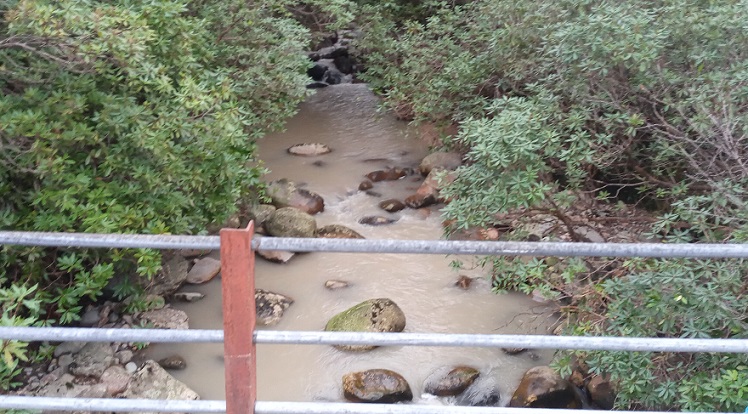
I have not blogged about the Glen Etive hydro schemes since preliminary construction work started two years ago (see here). I am afraid I have kept away. I was very pleased, therefore, but also extremely concerned to be sent these recent photos of the Allt Charnan by John Sinclair, a local resident. What you can see in the photo, muddy water, shouldn’t happen. A standard condition now for all developments is that mud and silt should not be allowed to enter our river systems.
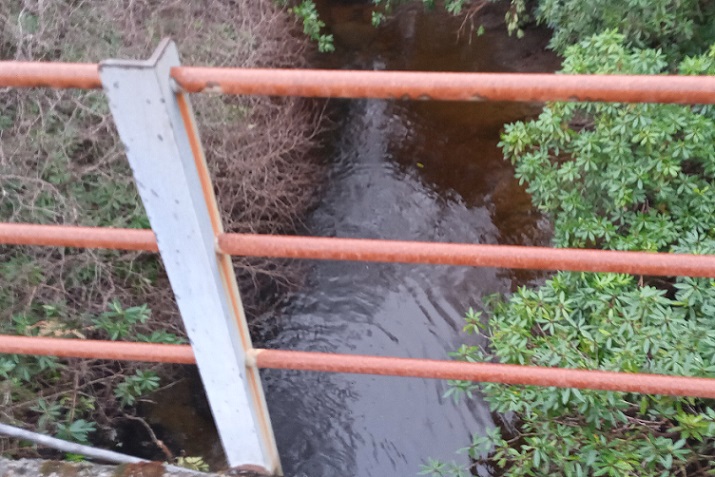
As proof that the muddy water has not been caused by recent rainfall, John sent a photo of a neighbouring burn where there is no hydro scheme or associated works.
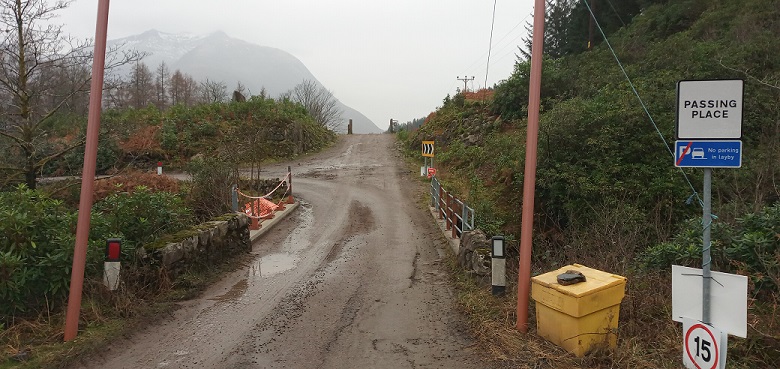
While relatively few people who have visited Glen Etive will know the name, many will know the location: the Allt Charnan is the river under the bridge where the road turns sharply left.

The Allt Charnan is one of seven run of river hydro schemes that were approved in Glen Etive in March 2019. It is one of the four schemes located in plantation forestry on the west side of the glen and because of that received far fewer objections than the three schemes on the other side of the River Etive. A few objectors, however, argued both sides of the glen mattered (see here) and, having visited the site of the Allt Charnan intake, three years ago I raised a number of concerns about how it could be constructed without serious environmental impacts (see here).
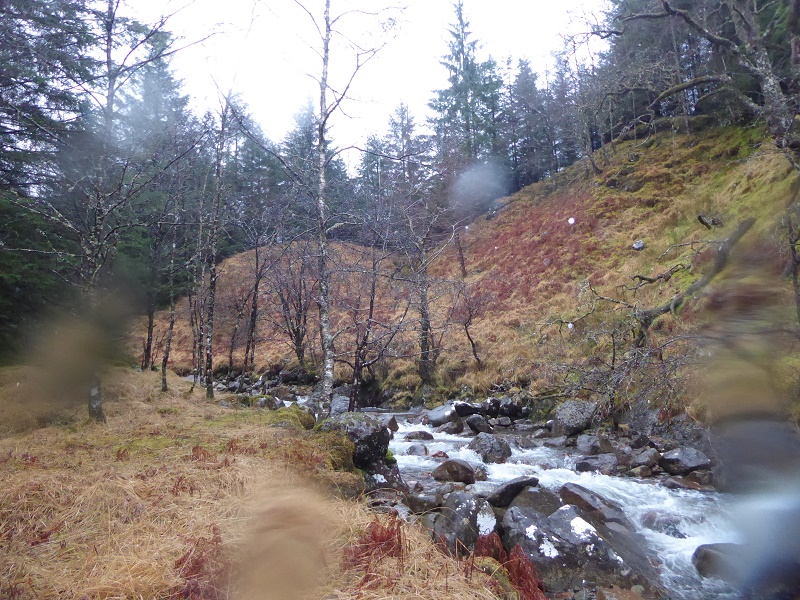
The issue I highlighted was that the plans showed a pipeline being constructed across the steep slope on the far side of the Allt Charnan in this photo and I could not see how that could be done. I am not an engineer but it looked a considerable challenge that would require enormous skill and care.
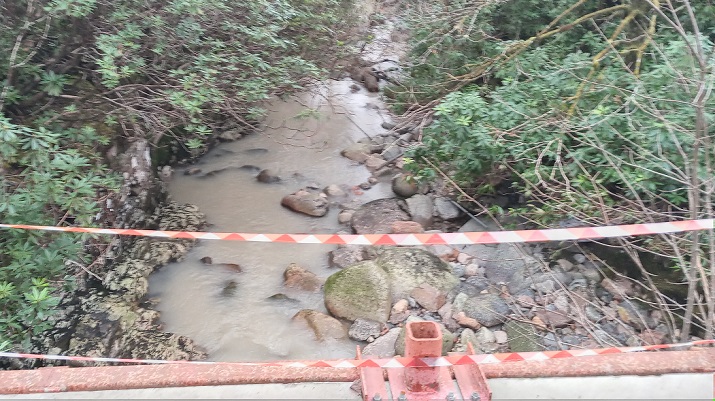
The map of the development suggests the silt could not have come from anywhere except the intake area and John’s photos show that the necessary skill and care hasn’t been forthcoming.
John has told me he has reported what has been happening to both the Highland Council planners and the Scottish Environmental Protection Agency (SEPA). So far, apparently, only SEPA has taken any interest but as yet there has been no sign of remedial or enforcement action. Unfortunately, even where individual staff in our public authorities are concerned about planning conditions being breached, they have their hands tied because of the prevailing ethos which precludes enforcement action.
Our public authorities ostensible policy commitment to protect Scotland’s rivers becomes greenwash when they go brown and nothing happens.
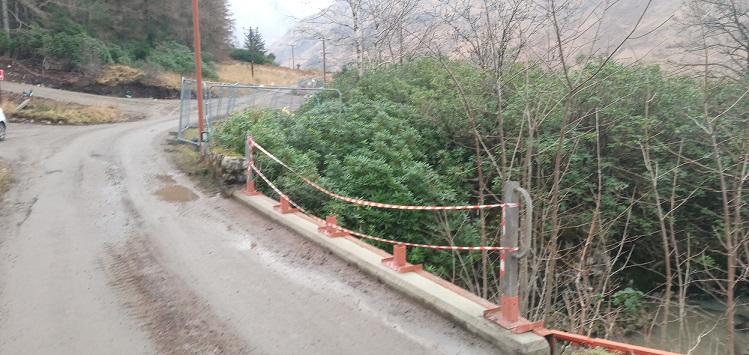
John also commented on the missing handrail at the road bridge. This reminded me that all road works associated with the Glen Etive schemes were supposed to be completed BEFORE construction started. Indeed on 29th March 2021 the developers claimed on their website (see here), ostensibly set up to inform people about work on the hydro schemes, that “all bridge reinforcements on the glen road were complete”. Clearly that was not true. There have been no posts on the website since.
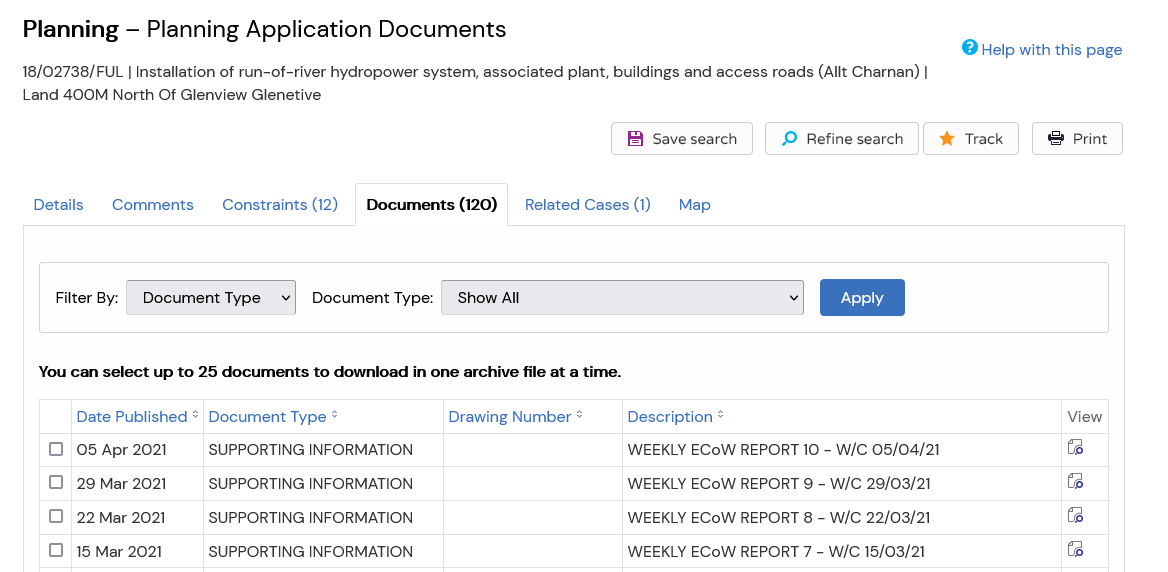
Information is equally lacking on the Highland Council planning portal. There were supposed to be weekly reports on the Allt Charnan scheme from an Ecological Clerk of Works, paid for by the developer. The last one was over 8 months ago, although whether this is because they have not been produced or because Highland Council has failed to publish them is not clear. The purpose of appointing Ecological Clerks of Works is to prevent environmental damage – such as rivers being filled with silt.

Having check the reports, it is clear the ECOW was trying to put in place measures to monitor and prevent silt being swept into the Alt Charnan. In theory Highland Council should have in its possession a complete record of what has been happening – photos twice a day – so why no action?
Reading the reports they appear to repeat the same plan week after week and its not possible for the public to tell from them whether most of the actions recommendations by the ECOW were ever implemented or what Highland Council has done about this.
Whistleblowers like John Sinclair who then try and raise concerns are being hamstrung by the lack of public information and bureaucratic paralysis.
John and I disagreed about whether the Glen Etive hydro scheme applications were acceptable in principle or not. But we are both concerned that where such developments do go ahead, they should abide by the highest standards and our public authorities should ensure that happens. Sadly, but only too predictably that has not been happening in Glen Etive. I hope that by helping to publicise what is going our public authorities may be prompted to act. The wider challenge is how to make the planning system accountable to local communities and the wider public.
This shows a sad indictment of the present state of public services across Scotland. Far too many Public “servants ” going through the motions of following arcane and unworkable procedures set for them to follow. Legislators and governing authority generating piles of paperwork, with absolutely no clue about what practical measures might act to enforce environmental safeguards set out. The wonder is the verbose completeness of such documents. If the career progression required before qualifying for an office role in any planning department did include a lengthy period as a mobile- planning/countryside ranger/communities – liaison officer, then common sense would eventually filter upwards through to Planning management teams. Such a career progression might also place scores of clever, articulate people into the field who would not only know their “patch” but would work to make sure the environmental safeguards and penalties work correctly.
Placing adequate staff in the field to monitor planning provisions,( and also, incidentally, to thoroughly inspect all countryside developments on a regular rotation to ensure that the local taxation property value register is kept up to date…) is far, far too obvious for any “lessons will be learned afterwards” naive “cop out” . Those deploring how regional budgets are now far too overstretched, now unable to afford proper planning quality inspections,or as-built controls, need look no further. The woefully out of date Registrars of Scotland value register provides the clue..? Planning and local enforcement could easily fund itself if operated correctly..surely?
Why is our Green coalition not promoting an increase in Hydro power schemes by using the existing public water supply? Hundreds of reservoirs without a single Watt of power being produced.
Why? Why does all that potential go to waste?
The issue of silt ending up in burns during construction of hydro schemes is nothing new. I witnessed the same brown water at a scheme near Bridge of Oich in 2016. Presumably these problems don’t just happen during periods of heavy rainfall, what I saw has during the summer when it was relatively dry, but persist for many months thus completely trashing the ecology of the burns which will take years or even decades to recover, all for 1-2MW of power at best and none during dry periods. Green energy my arse.
Yes nothing new, so why do planning authorities still let developments that pollute rivers go ahead if they are incapable of enforcing planning conditions?
This lack of monitoring enforcement and care on land based schemes highlights the real need for vigilance for developments in our waters.